I ran into this using this innocent-looking piece of code:
func foo(line: CTLine) {
let ascent: CGFloat
let descent: CGFloat
let leading: CGFloat
let fWidth = Float(CTLineGetTypographicBounds(line, &ascent, &descent, &leading))
let height = ceilf(ascent + descent)
// ~~~~~~ ^ ~~~~~~~
}
And found the solution by expanding the error in the Issue Navigator:

Looking into it, I think Swift found the +(lhs: Float, rhs: Float) -> Float function first based on its return type (ceilf takes in a Float). Obviously, this takes Floats, not CGFloats, which shines some light on the meaning of the error message. So, to force it to use the right operator, you gotta use a wrapper function that takes either a Double or a Float (or just a CGFloat, obviously). So I tried this and the error was solved:
// ...
let height = ceilf(Float(ascent + descent))
// ...
Another approach would be to use a function that takes a Double or CGFloat:
// ...
let height = ceil(ascent + descent)
// ...
So the problem is that the compiler prioritizes return types over parameter types. Glad to see this is still happening in Swift 3 ;P
